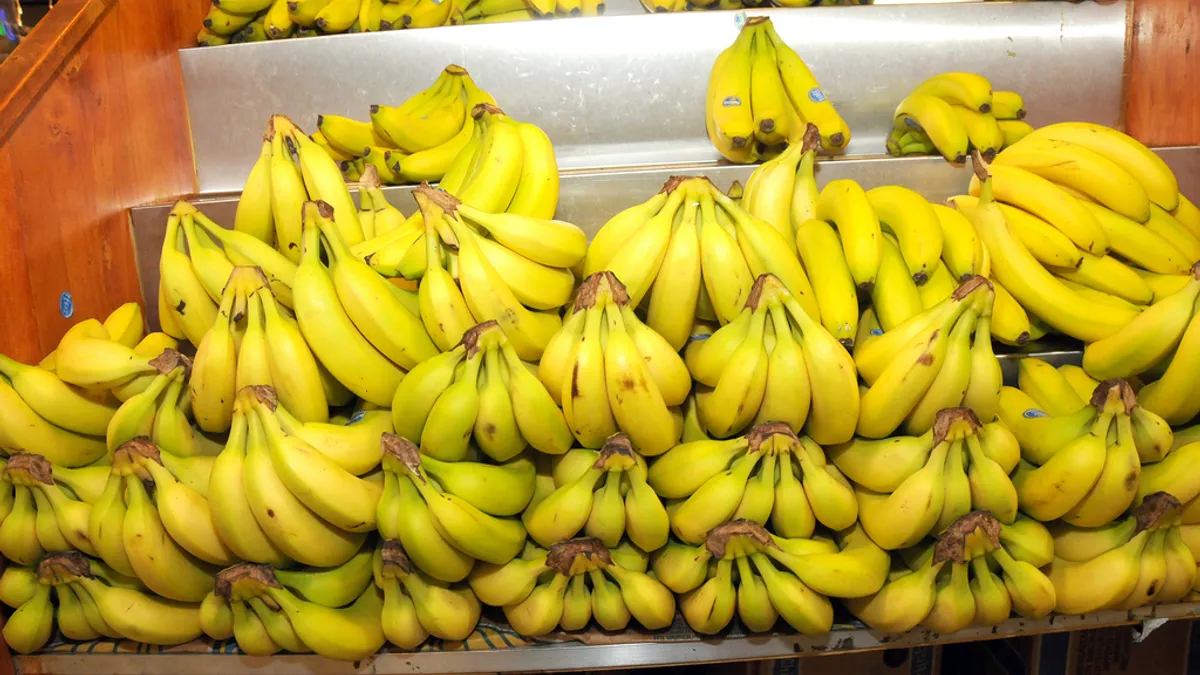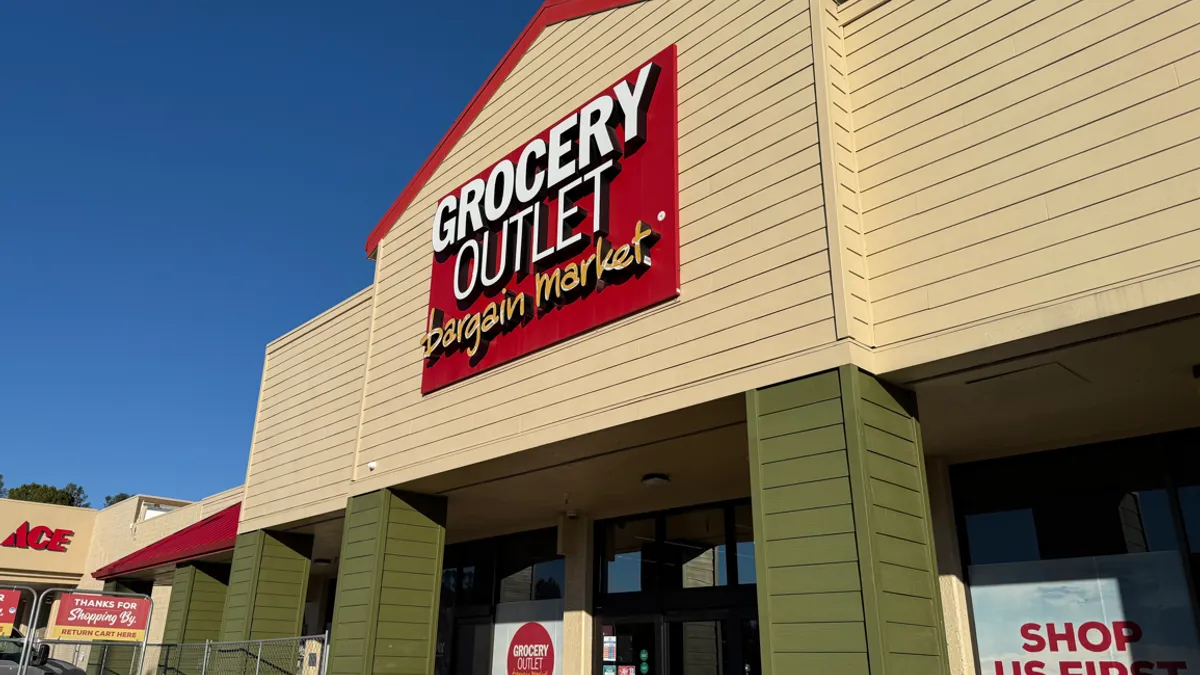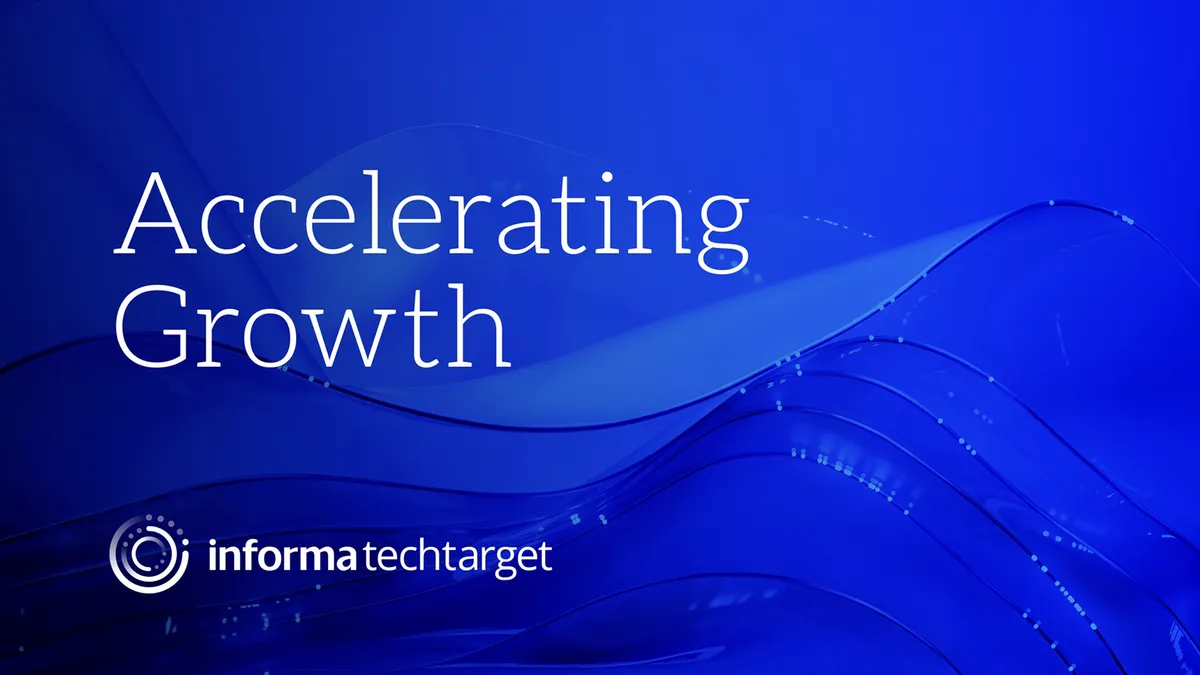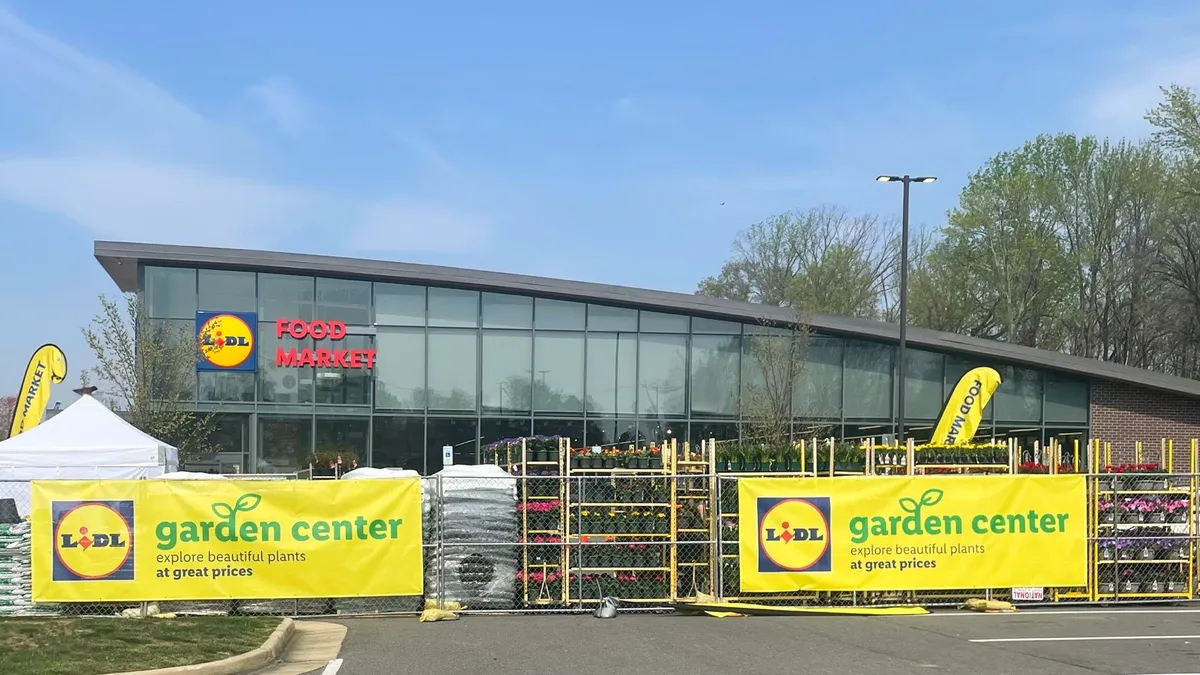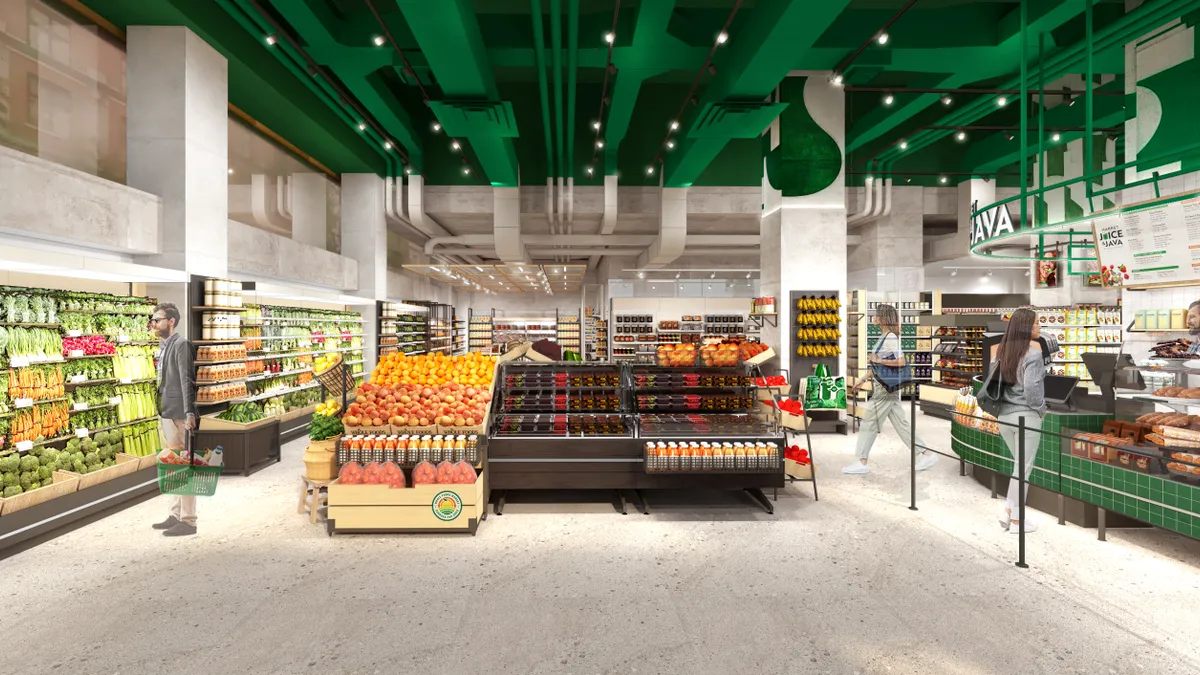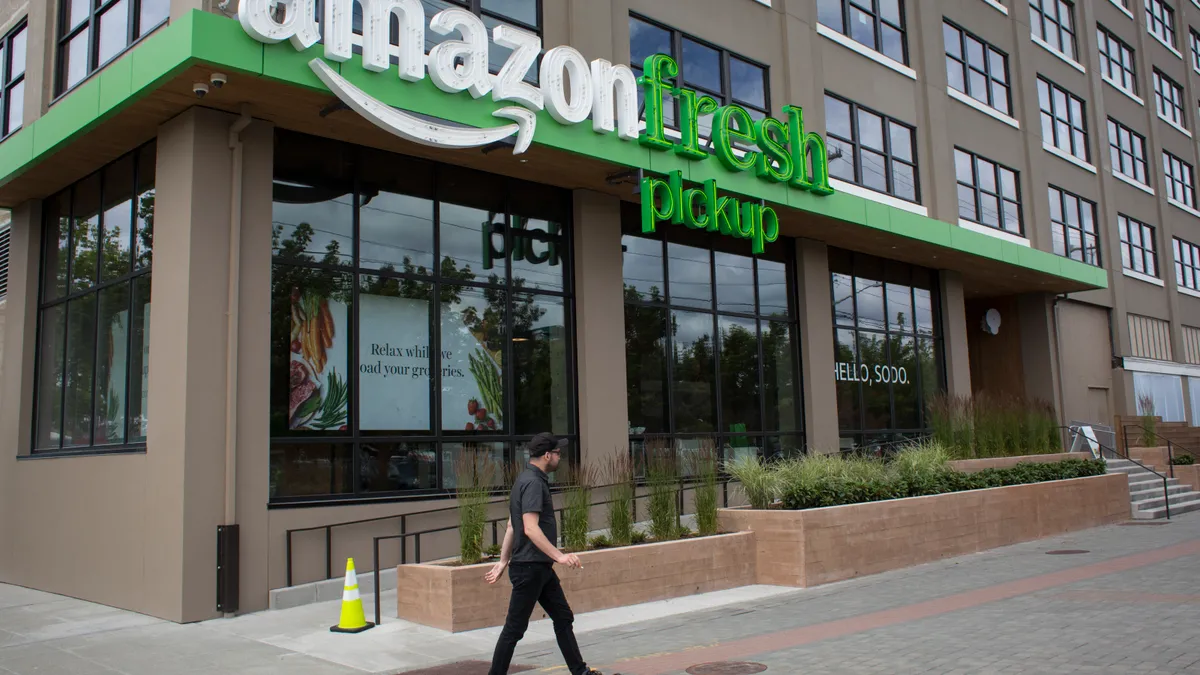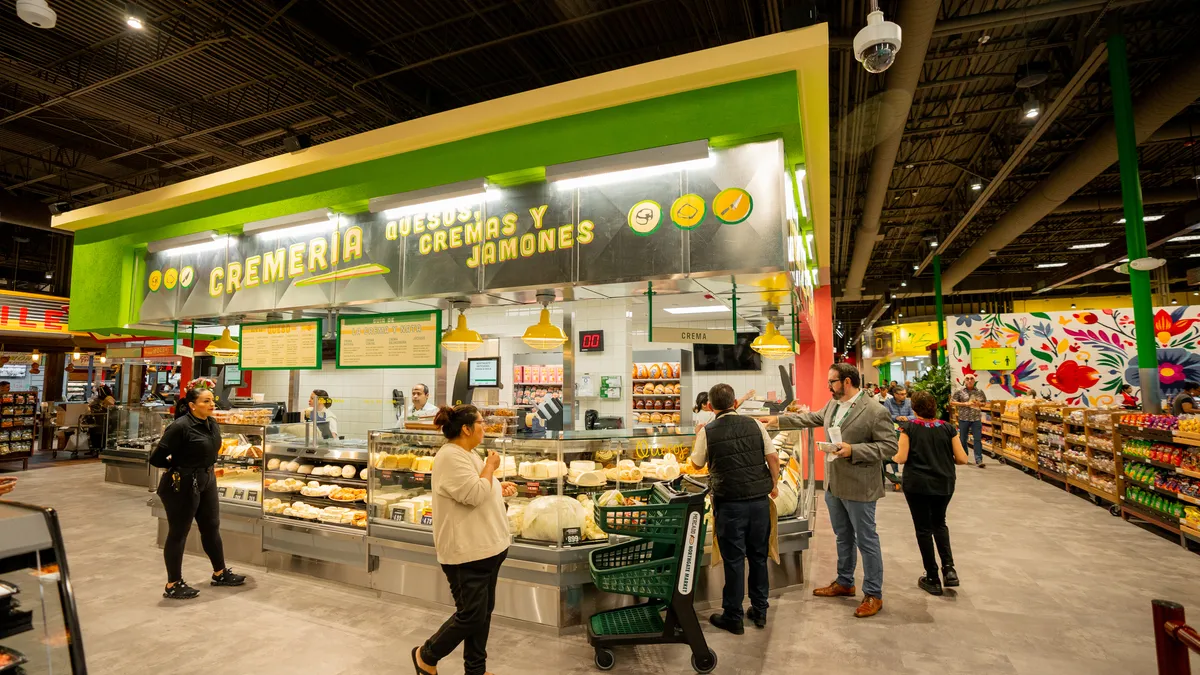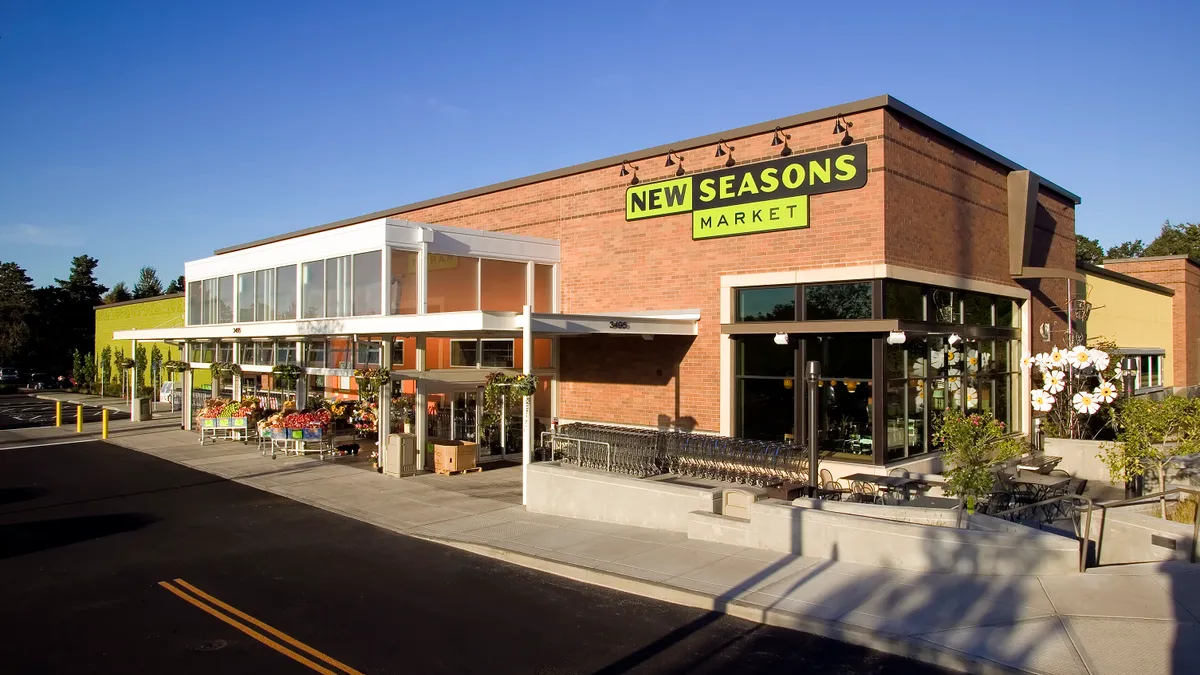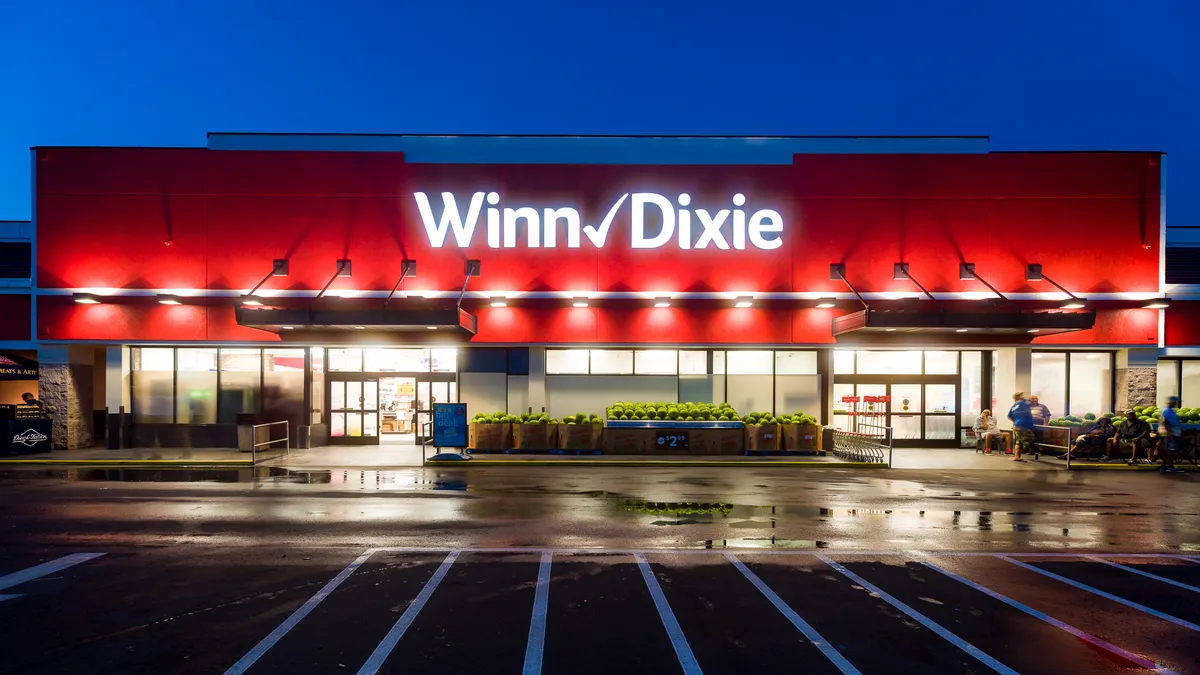Gary M. Barraco, director of global product marketing at Amber Road, is responsible for developing strategic product marketing direction and presenting the Amber Road brand and solutions worldwide. As the platform evangelist, Gary develops and launches customer insights, go-to-market plans, product messaging and content, and field marketing tactics which establish Amber Road’s solutions as a standard in the Global Trade Management space.
Next time you slurp down a smoothie, nosh on banana bread, or flip some banana pancakes, take a moment to think about what that banana went through to get into your recipe. One of world’s most ubiquitous fruits, the banana takes a complex journey to make it into your grocery bag.
A majority of banana imports come from three countries — Ecuador, Guatemala and Costa Rica — and are transported from sea to land and loaded into "forced-ripening" centers. The product sits in temperature-controlled rooms for days at a time, and the temperature must be kept constant or else the fruit can be damaged. Air must also circulate continuously in the storage rooms. Controlled amounts of ethylene gas and hydrocarbons are fed into the spaces, which trigger ripening of the bananas.
Fast-moving consumer goods (FMCGs) and foods like bananas are sensitive products, vulnerable to aging in-transit and in need of extra care during the complex supply chain journey. To prevent disaster, importers and exporters must look carefully at every step of the supply chain. These products depend on precision, traceability and collaboration among multiple parties who must provide the right refrigeration, ripening centers, proper transportation and distribution centers.
Perishable conditions
Similar to bananas, other perishable goods such as avocados and cut flowers are complex products to ship internationally. Once harvested they need to be handled with great care. Handlers delay the aging process by pre-cooling the products immediately after picking. Then during transportation, they need to be stored at optimal temps and shipped expeditiously so the cargo is at the desired stage of maturity upon reaching destination.
Last year, the industry was buzzing about the first practical application of blockchain technology, with flowers from Kenya as the test product. Maersk, the global shipping giant, teamed with IBM’s version of the blockchain to track the flowers from Kenya to the Netherlands in the first test case of this new technology. The highly sensitive, speed-critical product was at the center of the blockchain use case to determine if this technology can be used to share traceability data. The outcome was positive, tracing the container’s path with exceptional visibility, the elimination of delays and significant cost savings. Digitization, this time in the form of blockchain technology, has proven its value.
Messy regulations
Though global companies put all of their efforts into ensuring retailers and consumers have the freshest products available, sometimes disruptions occur; customs declaration issues, denied shipments, documentation delays, and other anomalies get in the way of FMCGs and perishable foods crossing borders and getting delivered on time.
To stay abreast of the maze of export and import regulations, trade specialists need to keep close watch on not only bans (and reversed bans), but also tariffs, restricted party screening, export licensing and more. These regulations can vary widely and change frequently, sometimes with little notice. Import and export controls can depend on many factors, such as the type of product, the quantities imported, the customs value declared, the country of origin or destination country, the manufacturer, exporter or even the freight agent. Prices and availability are also determined by import and export controls around the globe.
Managing this information as part of the global supply chain is a difficult job, but it can be simplified through a digitized, global trade management platform. By using a digitized system in conjunction with a robust, maintained database of trade content, companies can keep track of this dizzying array of regulations and monitor key changes to import and export laws that might have an effect on their products.
Digitization provides visibility
Supply chain visibility and traceability become critical to managing all aspects of moving food and other perishables to market, especially to meet consumer demand. When it comes to being agile in order to respond to disruptions, normal efficiency practices won’t cut it anymore. There’s a limit to how quickly even the most organized supply chain can ramp-up production and move product quickly.
This level of coordination requires visibility and digitized, connected systems able to orchestrate and manage inventory and get it to customers quickly. Combining these requirements with business insight generated from structured and unstructured data and predictive analytics enables the manufacturer to know where the product is at any given point in the lifecycle — and to deliver through whichever channel where consumer demand is greatest. This is “supply chain digitization” — the ability to transform the way we do business by moving data over the web instead of on paper.
Transformational leaders are considering digital technologies that include some principal changes to the end-to-end supply chain. It’s more than just raw speed. Flexibility, control tower management and data analytics are also crucial methods to supply chain transformation — these are essential for matching the clock speed of modern FMCG, which shows no signs of slowing down.
When looking at technology solutions, not all supply chain management platforms are created equal. Decision makers need to be sure they are looking for providers with the following attributes:
-
A very robust and comprehensive data model that is able to model the global supply chain for all functions as well as all countries.
-
In addition to the digitization of the global supply chain data, digitization of the export and import regulations for all countries, which allows for the automated processing of those regulations.
-
A rich set of capabilities to allow for the sharing (collaboration) of information as well as automation functions to perform the tasks required without human intervention.
By digitizing the global supply chain and leveraging collaboration, automation, analytics and achieving flexibility, a robust and comprehensive global trade management platform creates value by not only providing speed-to-market to stay on pace with the FMGC’s and food manufacturers, but also improve margins, agility, and risk management. Leverage the right solutions or wind up with bad bananas.

